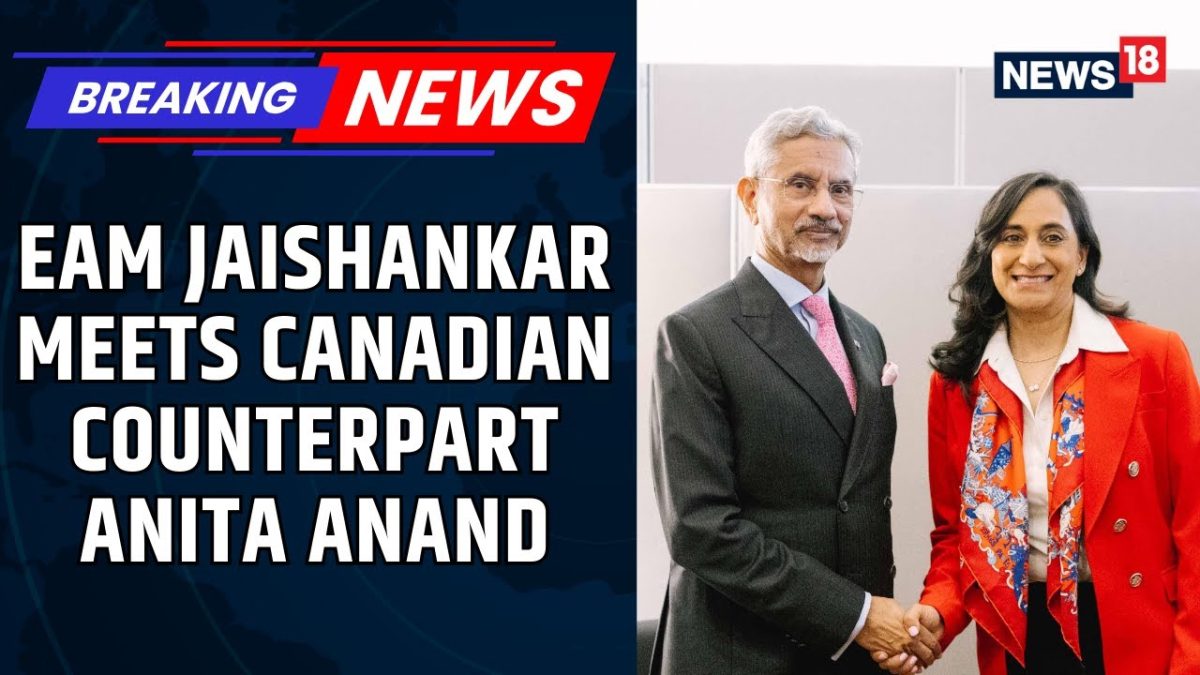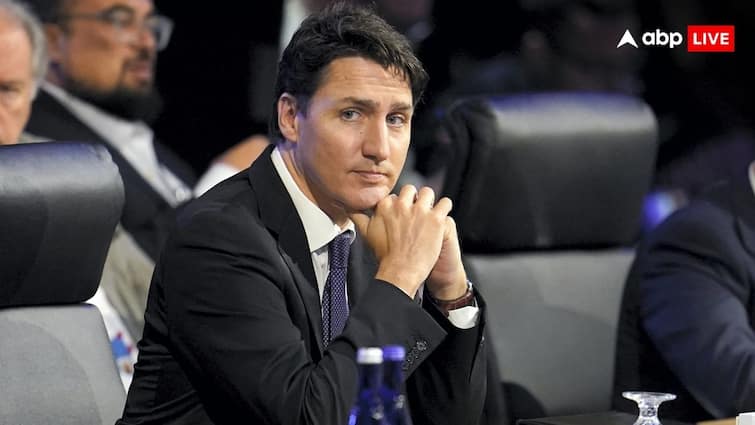- September 27, 2023
Explained | What is the ‘Five Eyes’ intelligence alliance
The story so far: The recent allegations by Canadian Prime Minister Justin Trudeau linking the killing of Khalistani leader Hardeep Singh Nijjar on Canadian soil to the Indian government has put the spotlight on the intelligence-sharing alliance ‘Five Eyes’ (or FVEY), which is believed to have provided the information that “helped” Canada.
In an interview with Canadian CTV News network last week, U.S. Ambassador David Cohen confirmed that there was “shared intelligence among ‘Five Eyes’ partners that helped lead Canada” to accuse India of “possible” involvement in the killing of the Khalistani separatist. The interview was followed by a report in the New York Times on Saturday which said the United States had provided Canada with intelligence but definitive communications intercepted by Ottawa led Mr. Trudeau to accuse India of orchestrating the plot.
“In the aftermath of the killing, U.S. intelligence agencies offered their Canadian counterparts context that helped Canada conclude that India had been involved,” the NYT reported, quoting sources.
Who are the ‘Five Eyes’?
The ‘Five Eyes’ is a multilateral intelligence-sharing network shared by over 20 different agencies of five English-speaking countries — Australia, Canada, New Zealand, the United Kingdom and the United States. It is both surveillance-based and signals intelligence (SIGINT). Intelligence documents shared between the member countries are classified ‘Secret—AUS/CAN/NZ/UK/US Eyes Only,’ which gave the group its title ‘Five Eyes.’
How did the alliance come into being?
The alliance between the U.S. and the U.K. evolved around the Second World War to counter the Cold War Soviet threat. The two countries, which had successfully deciphered German and Japanese codes during the World War, forged a collaboration to share intelligence related to signals such as radio, satellite and internet communications. In the aftermath of the war in 1946, the alliance was formalised through an agreement for cooperation in signals intelligence.
The treaty called the British-U.S. Communication Intelligence Agreement, or BRUSA (now known as the UKUSA Agreement), was signed between the State-Army-Navy Communication Intelligence Board (STANCIB) of the U.S. and the London Signal Intelligence Board (SIGINT) of Britain. Its scope was limited to “communication intelligence matters only” related to “unrestricted” exchange of intelligence products in six areas: collection of traffic; acquisition of communication documents and equipment; traffic analysis; cryptanalysis; decryption and translation; and acquisition of information regarding communication organisations, practices, procedures, and equipment. The arrangement was later extended to ‘second party’ countries —Canada joined in 1948, while Australia and New Zealand became part of the alliance in 1956.
Though the intelligence alliance came together in the 1940s, it remained a top secret for long. The then Australian PM Gough Whitlam did not know about the existence of BRUSA, regarded as one of the most secret agreements, until 1973, as per a recent article in the Journal of Cold War Studies.
In fact, no government officially acknowledged the arrangement by name until 1999 and the text of the agreement was first officially released in public after over 60 years in 2010.
Also Read | Why have India, Canada tensions worsened?
How does the ‘Five Eyes’ network work?
The five partner countries share a broad range of information and access to their respective intelligence agencies. Initially, the partners are assigned respective SIGINT mandates. A Canadian intelligence officer writes in a military journal (2020) that the US is responsible for Russia, northern China, most of Asia and Latin America; Australia covers southern China, Indo-China and its close neighbours, such as Indonesia; the UK is in charge in Africa and west of the Urals within the former Soviet Union; and New Zealand is responsible for the Western Pacific, while Canada handles the polar regions of Russia.
The goalpost of the Five Eyes, however, has shifted following the collapse of the Soviet Union and the emergence of new global challenges like terrorism and the growing influence of China. For instance, the member countries, except New Zealand, have expressed concern about China’s treatment of its Uyghur population in Xinjiang, its threats against Taiwan and suppression of democracy in Hong Kong.
And so, the ambit has widened over to other areas of policy and operations to become a comprehensive, all-source intelligence sharing network. The Five Eyes have become involved in ocean and maritime surveillance, scientific and defence intelligence analysis, medical intelligence, geospatial intelligence, counterintelligence, counterterrorism, and the continuous sharing of intelligence products via a secret collective database known as ‘Stone Ghost’, the Canadian officer notes.
To increase cooperation and maintain closeness, the Five Eyes Intelligence Oversight and Review Council (FIORC) was created in September 2016 as the “non-political intelligence oversight, review, and security entities” of the member countries to exchange views on subjects of mutual interest, compare best practices, explore areas of cooperation, and maintain contact with non-Five Eyes countries, among other aims.
What are the concerns?
There have been several concerns regarding the privacy, security and methods of working of the intelligence alliance, which remained shrouded in mystery for long. The alliance was embroiled in a major controversy in 2013 following the disclosure of classified documents by Edward Snowden, a former National Security Agency (NSA) contractor.
The papers documented the mass surveillance programme jointly operated by the Five Eyes to monitor the citizens of member countries. Snowden described the network as a “supranational intelligence organisation that doesn’t answer to the laws of its own countries.”
The U.K.-based charity Privacy International claims that bilateral agreements under the UKUSA reveal the outsourcing of surveillance activities to agencies without limiting their access to classified information. “There is no domestic legislation governing intelligence-sharing, meaning that many of these arrangements lack legal basis and therefore democratic legitimacy. The “third party rule”, often included in intelligence-sharing agreements, forbids the disclosure of inter-agency information to third parties, ousting the possibility of oversight,” it says.
In 2013, a Canda court rebuked the Canadian Security Intelligence Service (CSIS) for using the alliance to monitor the electronic communications of Canadian terror suspects overseas. The ruling said Canadian spy agencies had deliberately misled judges to expand their eavesdropping powers unlawfully, reported The Globe and Mail. Federal agencies were wrongly enlisting U.S. and British allies in global surveillance dragnets that risk harming Canadian terrorism suspects and could expose government agents to criminal charges, the report stated.







